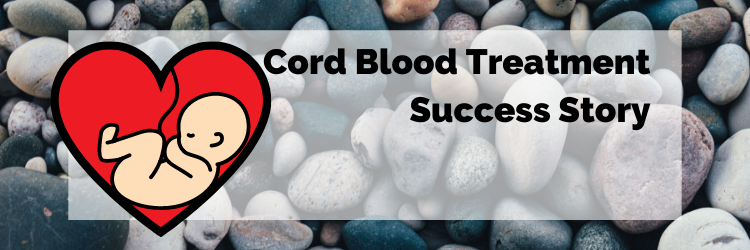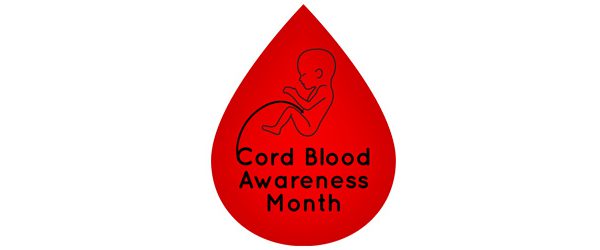

When doctors diagnosed Mary Lou Rusco with leukemia, Steve Rusco did what any other husband would do: he went looking for answers in hopes of saving the life of his wife. What he discovered scared him.
“You’d like to think that medicine always has an answer,” recalls Steve as he searched for treatments and cures to the blood disease that claims the life of nearly half of all leukemia patients. “But I soon became aware there was not an answer. There was nothing that they could do to cure Mary Lou’s leukemia other than maybe put it into remission. Even if they did that, the leukemia showed that it could come back.”
In fact, chemotherapy treatment did place Mary Lou’s leukemia into remission, but nine months later it was back. The prognosis moving forward was not encouraging.
“Emotionally it was very difficult,” said Mary Lou. “I just thought, ‘I have too much to live for. I have my grandkids and, you know, I love life.’ ”
The end, it seemed, was quickly approaching. “You’re confronted with the reality, there’s no way out,” said Steve. “It’s just a matter of time. And that, in itself, is haunting.”
At the darkest hour, despair turned to hope. The Rusco’s got a phone call from doctors at the University of Kansas Medical Center.
“They told me they thought they had something that might work for me,” said Mary Lou. “And it was the stem cell transplant, which they hadn’t been doing on people over 55 and had only used on babies. And so I was one of the first few to get the umbilical cord (adult stem cell) transplant from KU.
The umbilical cord blood rich in adult stem cells came from two children, a girl from Texas and a boy from Missouri, whose mothers had donated the umbilical cord blood at birth. Once Mary Lou’s diseased immune system was “wiped out” by chemotherapy and radiation, the new adult stem cells harvested from the umbilical cord blood were injected into her bloodstream.
But would the transplant work? Time would tell. The post-transplant recovery was a physical and emotional roller coaster lasting nearly four months, requiring nearly round-the-clock care provided by Steve and by Charlotte Steffen, a friend and registered nurse from her church in Wichita, Kansas.
“She was my angel,” says Mary Lou of Charlotte’s efforts. “Basically she gave up her summer just to be with me and take care of me. I’ll be forever grateful.”
Slowly but surely, Mary Lou began recovering her strength. She finally returned home to begin living her life again. Because the adult stem cells taken from umbilical cord blood are still maturing, Mary Lou’s immune system is still developing its shield of protection against diseases and infections. But there is no denying that the adult stem cell transplant saved her life. She spends time with her grandchildren and is in awe of what’s happened.
“It’s a miracle,” declares Mary Lou. “I mean it truly is a miracle how they can take those little umbilical cord (adult) stem cells and cure leukemia. Because as far as I’m concerned, I’m cured. They haven’t said it yet, but I feel like I’m cured. It’s meant that much to me.”
“Adult stem cells give you a chance for life,” adds Steve. “You know, God bless the people that have taken the time to donate their (umbilical cord) stem cells so that others might have an opportunity at life. They gave us a gift and we’re going to live each day as a blessing.”
Source: Stem Cell Research Facts


